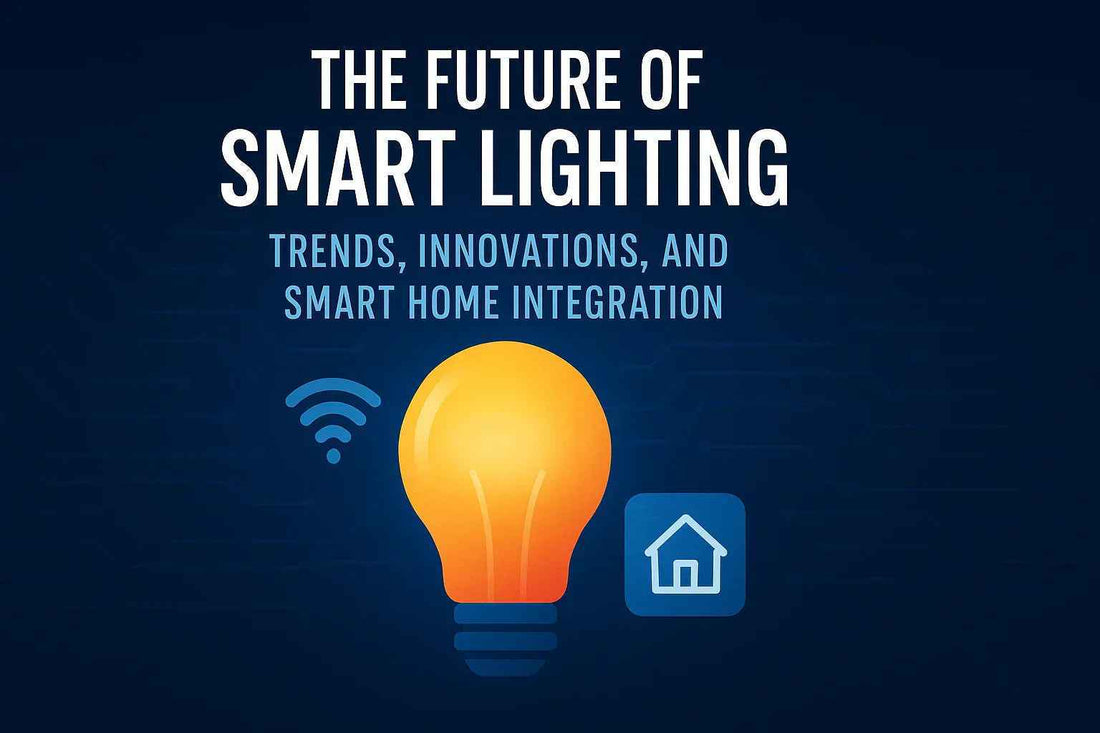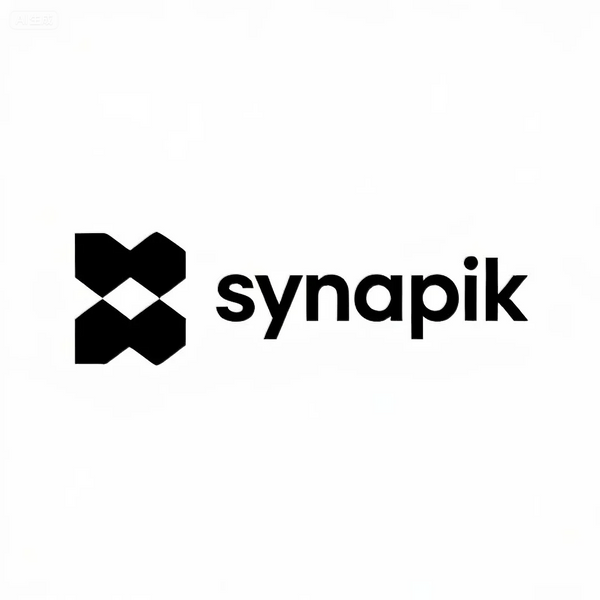
The Future of Smart Lighting: Trends, Innovations, and Smart Home Integration
Share
A Bright Future Ahead
Smart lighting has evolved from a luxury into an essential part of modern living. By 2025, it’s no longer just about turning lights on and off—it’s about intelligent automation, energy efficiency, and personalized experiences. With the integration of artificial intelligence (AI), Internet of Things (IoT), and sustainable technologies, smart lighting is set to redefine how we interact with our homes and workplaces.
At Synapik, we are proud to lead this transformation by developing cutting-edge smart lighting systems that blend innovation with everyday usability. In this article, we’ll explore the future of smart lighting, focusing on the latest trends, innovations, and integration into smart home ecosystems.
Key Trends in Smart Lighting for 2025
1. AI-Driven Lighting Automation
Artificial intelligence is making lighting more adaptive. Synapik smart systems can learn user preferences, adjust brightness and color temperature based on time of day, and even anticipate needs based on behavior patterns.
2. Voice and Gesture Control
Beyond mobile apps, the future lies in hands-free interaction. Voice commands via Alexa, Google Assistant, or Siri are already popular, but gesture control is emerging as a new way to operate lighting.
3. Sustainable and Energy-Positive Designs
Future smart lighting will use eco-friendly materials and ultra-efficient LEDs. Some Synapik innovations even explore solar-assisted smart lighting, reducing dependency on the grid.
4. Human-Centric Lighting (HCL)
Lighting designed around circadian rhythms will become standard. Synapik HCL solutions adapt to natural light cycles, supporting better sleep, productivity, and overall wellness.
5. Integration with Smart Cities
Beyond homes, smart lighting is being implemented in urban areas. Streetlights with sensors can monitor traffic, air quality, and public safety, paving the way for intelligent cities.
Innovations Transforming Smart Lighting
Smart Bulbs with Advanced Sensors
Future bulbs will detect motion, temperature, humidity, and occupancy, turning lights into multi-functional smart devices.
Wireless Mesh Networks
Synapik is pioneering mesh networking where lights communicate with each other, ensuring stronger connectivity and efficiency.
Customizable LED Panels
Instead of just bulbs, smart lighting will expand into modular LED panels, allowing homeowners to design their own light patterns and wall displays.
Hybrid Energy Systems
Lights powered by both electricity and renewable sources will reduce environmental impact while ensuring reliability.
Smart Home Integration: A Connected Future
Smart lighting is becoming the backbone of connected homes. Synapik ensures seamless integration with:
-
Smart thermostats for energy optimization
-
Security systems for automated protection
-
Entertainment systems for immersive experiences
-
Health monitors to sync lighting with personal wellness
Imagine waking up to gradually brightening lights that sync with your alarm clock, while your thermostat adjusts the temperature and your coffee maker starts brewing—all powered by Synapik smart integration.
The Role of Synapik in Shaping the Future
At Synapik, we’re not just keeping up with trends—we’re setting them. Our future-forward solutions focus on:
-
Sustainability through eco-conscious design
-
Intelligence with AI and IoT integration
-
User experience with easy setup and control
-
Scalability for both homes and businesses
FAQs About the Future of Smart Lighting
Q1: Will smart lighting replace all traditional lighting?
Yes, over time. With falling costs and rising benefits, smart lighting is becoming the global standard.
Q2: Is smart lighting compatible with all smart home systems?
Synapik designs are universally compatible with major platforms like Alexa, Google Home, and Apple HomeKit.
Q3: How does human-centric lighting improve health?
By syncing with natural circadian rhythms, it improves sleep, mood, and productivity.
Q4: Will smart lighting get cheaper in the future?
Yes. As technology advances, production costs will drop, making Synapik systems more affordable.
Q5: Can smart lighting work in areas with poor Wi-Fi?
Yes. Synapik offers Bluetooth, Zigbee, and mesh-based alternatives for reliable connectivity.
Q6: How does smart lighting contribute to smart cities?
By integrating with urban infrastructure, it enhances efficiency, reduces costs, and improves safety.
